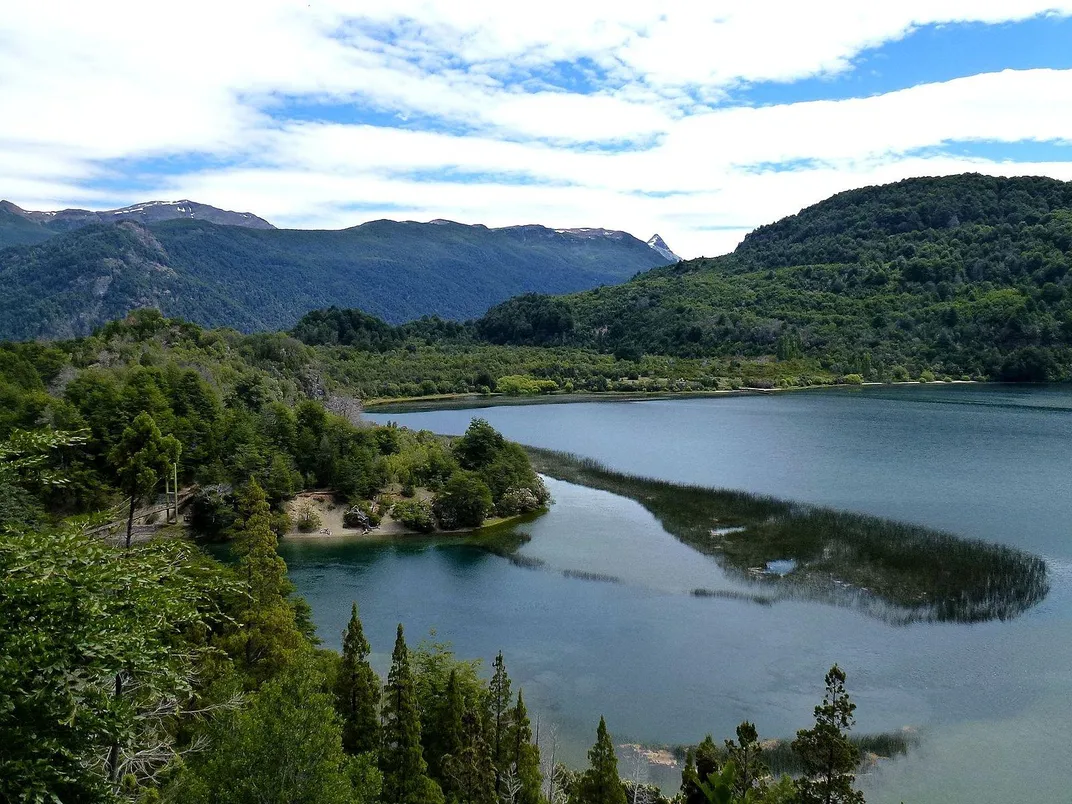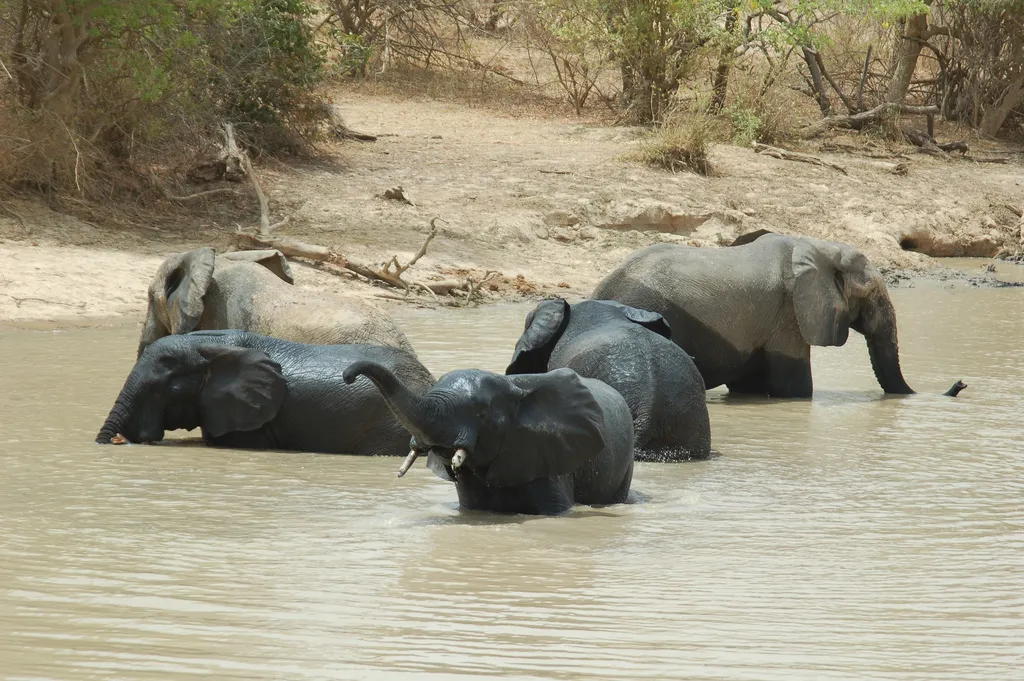Three Incredible Natural Areas Nominated for the World Heritage List
Areas in Tibet, Argentina and West Africa are likely to receive international protection for their rare plants, animals and natural beauty
/https://tf-cmsv2-smithsonianmag-media.s3.amazonaws.com/filer/bf/fd/bffd47e0-c2d2-46fb-b0b0-d72559282463/hoh_xil.jpg)
In a month, the World Heritage Committee will vote to declare several new areas World Heritage Sites, a designation that gives important cultural, scientific and ecological areas international legal protection. Among the 35 nominations that will be voted on, there are seven natural areas up for consideration. Of those, the International Union for the Conservation of Nature, the body which assesses natural sites for World Heritage Status, currently recommends three for inclusion on the list, reports Andy Coghlan at New Scientist. The choices are expected to be accepted when the committee meets in July.
The first is Qinghai Hoh Xil, which Coghlan describes as the world’s "largest, highest and youngest" plateau. According to China’s nominating document, the area, in the northwestern part of the Qinghai-Tibet Plateau, is the range of the endemic Tibetan antelope, an endangered species with about 50,000 individuals left in the region. “The annual migration between its lambing ground and winter range is among the few significant migrations of terrestrial mammals on the planet and the sole example in China,” the document reads.
Even more, it’s one of the few intact natural ecosystems in the world, and supports healthy communities of wolves, brown bear, Tibetan sand fox, and snow leopards which prey on species like wild yak, Tibetan gazelle, Tibetan pika and other endemic species. The ecosystem makes a full sweep from alpine wetlands through grasslands and steppes to alpine meadows and snowy mountains and glaciers.

Another spot nominated for the list is Parque Nacional Los Alerces in Argentina, which protects the region’s Lahuán trees (Fitzroya cupressoides), the second-oldest trees on Earth with some clocking in at 3,600 years old.
Though it’s been a park since 1936, it faces threats. In 2016, wildfires destroyed 4,000 acres of the park. Coghlan reports that invasive salmon and interference with the headwaters of rivers running through the region also threaten the area.
According to its nominating document, the park protects one of the last intact swathes of the Valdivian Temperate Woods, the only temperate forest ecosystem in Central and South America. It’s home to the endangered Andean deer, the pudu, the smallest deer in the continent, as well as the austral spotted cat.

The third site up for consideration is an extension of Niger’s W National Park World Heritage Area into neighboring Benin and Burkina Faso. According to the World Heritage Council the area protects the transition zone from West African Savannah into forest and is in the heart of the most ecologically intact natural area in West Africa. Currently, the area is a complex of nine protected areas that is one of the last refuges of the West African elephant, African manatee, cheetah, lion, leopard and Topi antelope. It’s also home to many endemic fish in the Volta River basin.
Coghlan reports that the extension would expand the World Heritage Area, established in 1996, by sevenfold, to 3,700,000 acres.